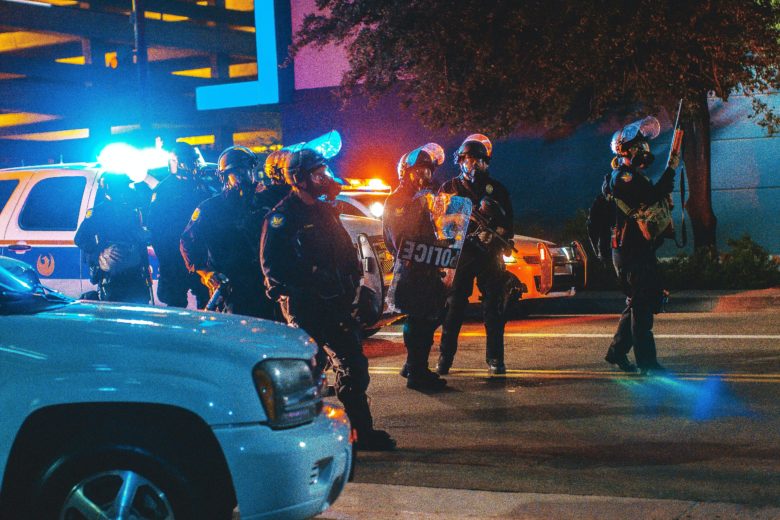
Police brutality is nothing new. Government attempts at police reform are. The killing of George Floyd in Minneapolis, and a string of African Americans deaths, mostly at the hands of police, has inflamed the country in the form of protest, demonstrations and riots. It has forced President Trump to respond. Just last week Trump signed an executive order on police reform. It would enact top-down changes effective immediately. All while Democrats and Republicans write their own bills and undercut one another rather than on voting on legislation.
The move is a step forward for police reform on a national scale, no matter how anyone feels about Trump. The Executive Order promises to do the following:
Create More Police Certifications
It encourages police departments to conduct de-escalation training. The federal government will provide financial incentives to departments that receive these credentials from independent agencies. It’s meant to raise standards at the federal, state and local level for “use of force” policies.
Establish A Database of Problem Police
The attorney general is to create a database of law enforcement officials that have been fired or had past criminal or civil cases for excessive use of force. A financial incentive will be offered to motivate police forces to submit information. No such database currently exists. This would make it difficult for cops with a history of complaints to move from one department to another without consequence.
A Chokehold Ban
It bans the use of choke holds except when “deadly force is allowed by law.” Many state and local laws already ban choke holds and excessive force moves. This order makes it official at a federal level.
Partner Police With Co-Responders
One provision encourages programs that pair the police with social workers. They would respond jointly to non-violent incidents involving drug addicts, the homeless and mentally ill.
“To all of the hurting families, I want you to know that all Americans mourn by your side. Your loved ones will not have died in vain,” Trump said at the White House press conference. Despite the order’s good intentions, the tone of the announcement was off putting. The remarks did not address the elephant in the room; there wasn’t a single mention of racism, racial injustice, or racial bias. The speech largely heralded law enforcement for their valor and good work. It seemed like an intentional omission. The order’s language did not even give a deeper explanation of its purpose:
“Unfortunately, there have been instances in which some officers have misused their authority, challenging the trust of the American people, with tragic consequences for individual victims, their communities, and our Nation.
All Americans are entitled to live with the confidence that the law enforcement officers and agencies in their communities will live up to our Nation’s founding ideals and will protect the rights of all persons.”
It veils the issue as a problem for “all Americans.” It did not directly call out the a justice system that provides unequal treatment largely based on race and ethnicity.
The announcement came with Trumps’ customary potshots at his predecessor. He declared that Obama did nothing to address police reform because they didn’t know how. In reality, the Department of Justice under Obama did attempt reform. They investigated police forces that used excessive force and published public reports on their findings. They also banned the military from selling equipment for use during protests.
No one knows how quickly these changes will happen but there are concrete actions within the order that will provide more oversight on a federal level. What it has not immediately done is quash the national unrest that motivated the Trump administration to act in the first place.
Read the full order here.
